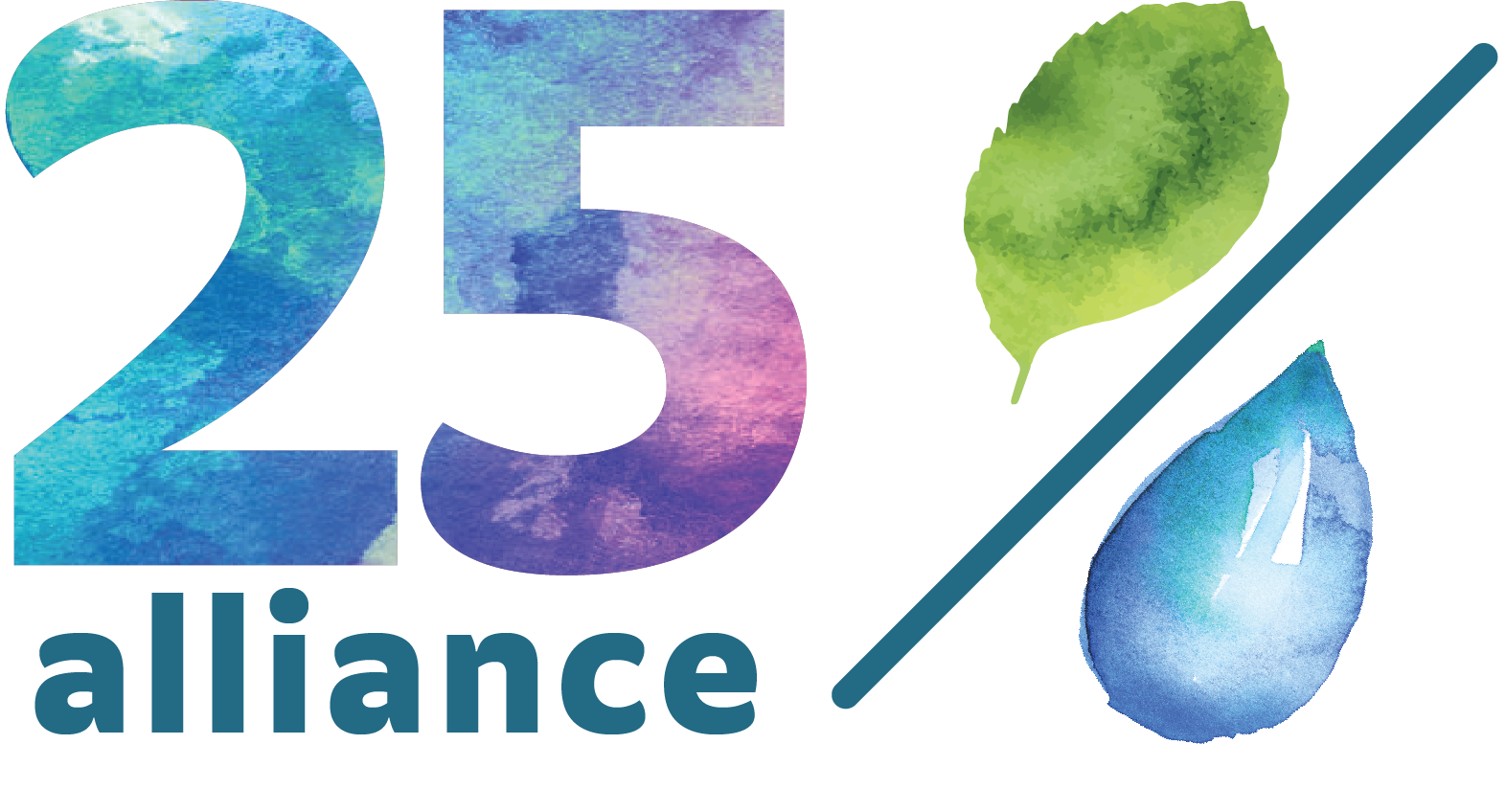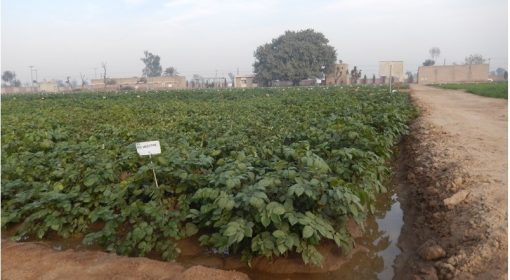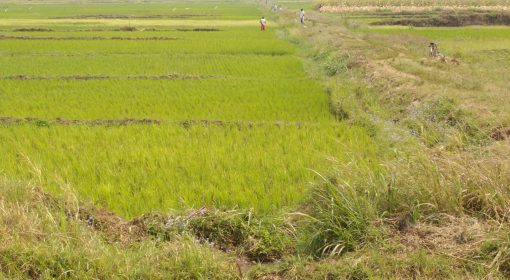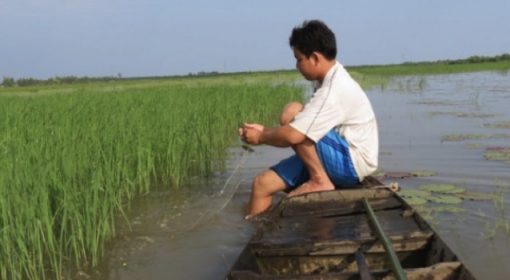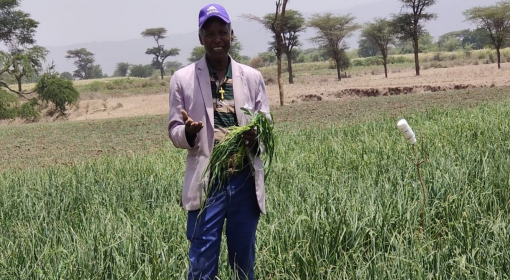Frank van Steenbergen (MetaMeta), Judith de Bruijn (Mott Macdonald)
June 19, 2018
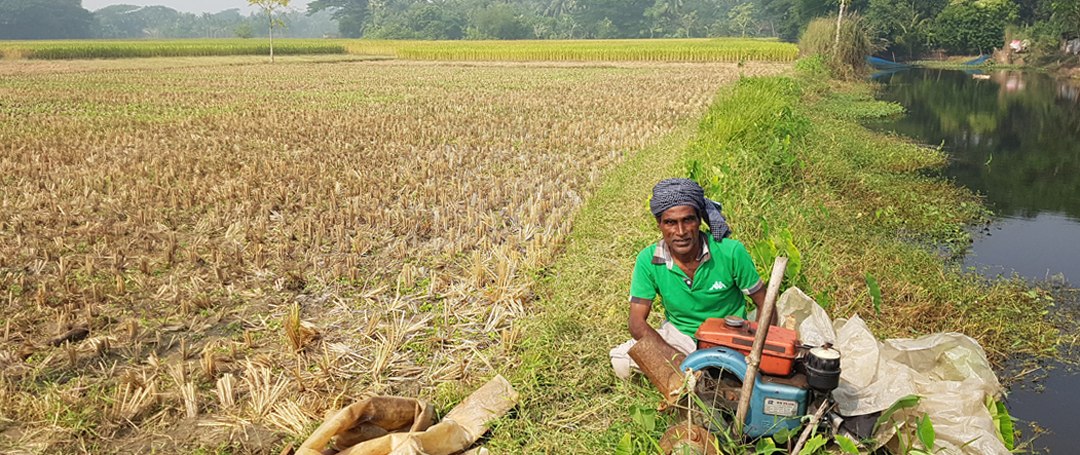
Multiple cropping in coastal Bangladesh. The improved amon variety largely harvested and land ready for irrigated dry season cultivation.
Whereas we may think that improving water productivity is only required in water scarce environments, it is just as important in areas that are water rich. In such settings water productivity is not improved through the judicious use of water, but by creating the conditions for getting more out of the same water rich production system: securing high yields, introducing new crops or moving to multiple cropping.
A showcase of greatly improved water productivity are the coastal polders of Bangladesh. These are areas that are among the most exposed globally to climate change and uncontrolled modifications in the delta river system. In the last three to five years, yields have gone up dramatically. This is largely driven by a wholesale shift to from single to multiple cropping. This shift was facilitated by two factors: first the transfer from local wet season rice varieties to short duration high yielding rice (T. Aman) varieties (in particular BRRI Dhan-49 and 52) and secondly the improved local water management promoted under the Blue Gold Program (BGP) that made the introduction of the more demanding new varieties possible. This results in significant income increases for farmers. In polder 22, yields from wet season paddy have increased by 120% and additional dry season (rabi) crops are able to be introduced so that the cropped area increases by 33%, leading to farm income increase of 163%. There is also less crop damage and disease. The transformation can be observed from the construction of brick houses and the rapid increase in the number of motorbikes and savings for education. It has also increased demand for labour with farm workers able to negotiation better wage deals.
The short duration aman varieties not only led to a doubling of yield, but also freed up land in time for dry season cultivation. This has allowed different new crop rotations to come in place in the different polders. These combine the new aman paddy varieties in the wet kharif seasons with one or two crops in the dry season: boro paddy, mung bean, mustard, vegetables, sesame or watermelon. These different new crop combinations depend on the level of land, the availability of fresh water storage and soil conditions. They require collective water management in irrigating and draining the land. Almost within a fortnight farmer Water Management Groups have developed small field bunds and drainage canals and doing supplementary dry season irrigation from the numerous storages in this low lying coastal territory. Introduced by BGP through the Community-led Agricultural Water Management initiative in 2016 in Patuakhali on 132 ha, the area under the intense rice cultivation and water management rose to more then 4200 ha two seasons later.
In addition, the BGP started to introduce improved water management at polder subcommand level in pilot areas. This was done through long sessions by Water Management Groups (WMGs) in which all preferred options for better water control were discussed to come to a do-able package of measures. The improvement identified by the WMGs in the sluice command were: creating more storage, synchronized planting, planting of rice varieties in line with the elevation of the plan, improved and controlled drainage by improved pipes and road culverts. Compared to their cost most of these measures earn themselves back twice within a year. The experience in coastal Bangladesh goes a long way to show that the potential of improving water management and the scope for higher water productivity Is enormous.
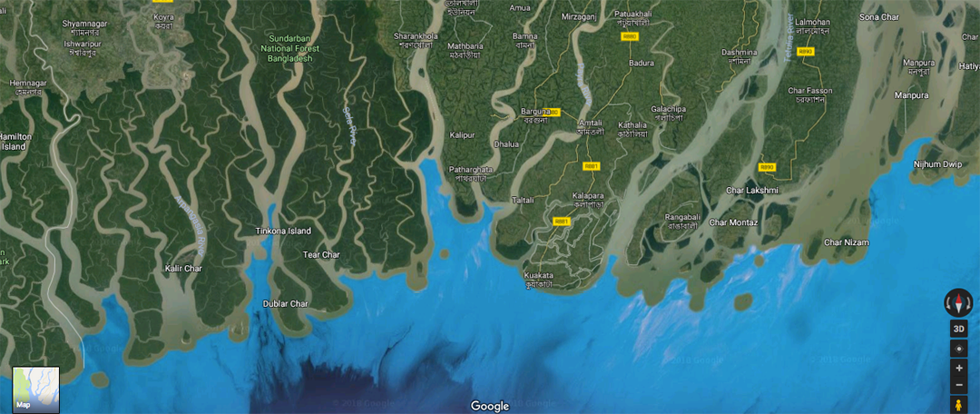
Bangladesh polder area on Google maps
This case is prepared as part of the Water-PiP (Water Productivity in Practice) Program. Water-PIP aims to support a 25% water productivity on the ground. For ideas and suggestions on improved water productivity, please contact t.uyttendaele@un-ihe.org or lknoop@metameta.nl
